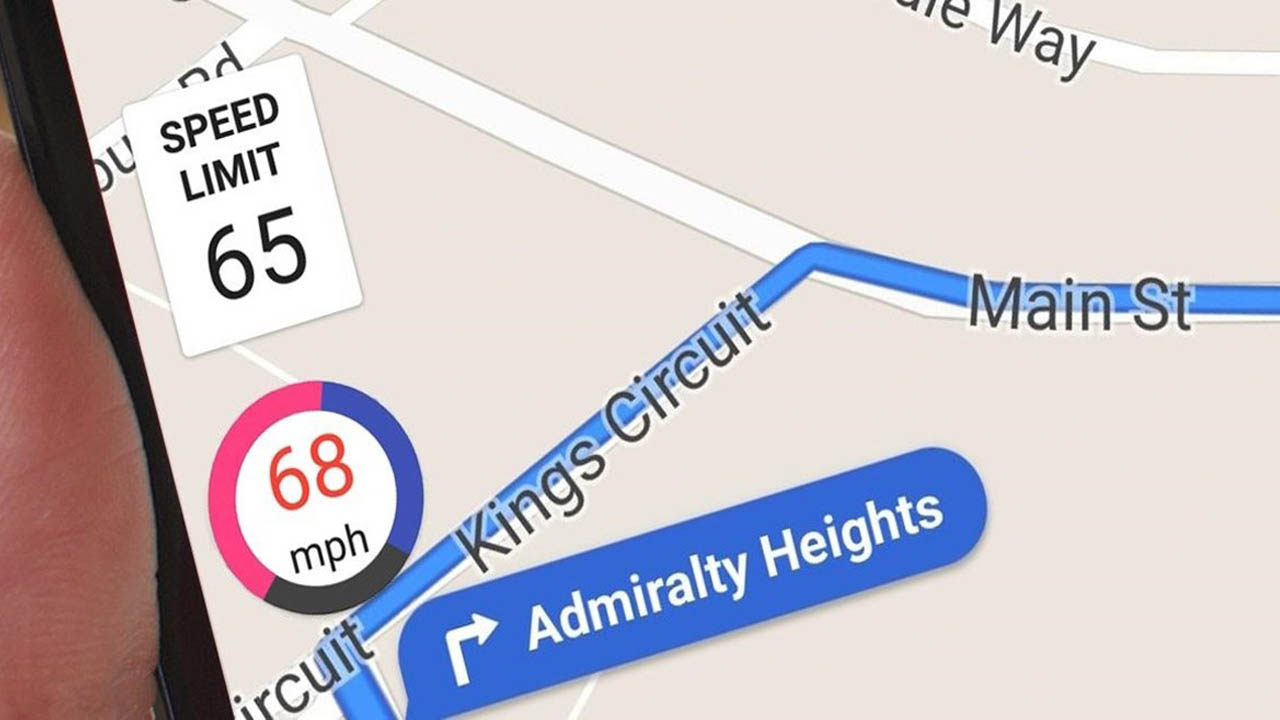The Ethereum network is a decentralized platform that enables developers to create and deploy decentralized applications (DApps). Ethereum also serves as a platform for smart contracts, allowing users to exchange assets, services, and data securely. Ethereum (ETH) is the network’s original cryptocurrency, and it is used to pay for transaction fees and services on the network.
Ethereum 2.0 (ETH2) is an upgrade of the Ethereum network that is designed to improve the scalability, security, and sustainability of the network. ETH2 is a proof-of-stake (PoS) blockchain, which means that users can stake their ETH tokens in order to validate transactions on the network and earn rewards. This is in contrast to the proof-of-work (PoW) consensus algorithm used by the original Ethereum network, which requires miners to use powerful computers to solve complex mathematical problems in order to validate transactions.
The main difference between Ethereum (ETH) and Ethereum 2.0 (ETH2) is the consensus algorithm used to validate transactions. Ethereum uses a PoW consensus algorithm, while ETH2 uses a PoS consensus algorithm. This means that users are able to earn rewards by staking their ETH tokens on the ETH2 network, while miners on the original Ethereum network are only able to earn rewards by mining blocks.
In addition to the different consensus algorithms, Ethereum 2.0 also introduces several other improvements to the Ethereum network. These include sharding, which is a process that increases the efficiency of the network by allowing transactions to be processed in parallel, and a new virtual machine called the Ethereum Virtual Machine 2.0 (EVM2).
Overall, Ethereum 2.0 is an upgrade of the Ethereum network that is designed to improve the scalability, security, and sustainability of the network. It uses a proof-of-stake consensus algorithm, which allows users to earn rewards by staking their ETH tokens, and introduces several other improvements to the Ethereum network.






















